Burning It Down: Signs of Burnout at Work You Shouldn’t Ignore
I’m standing at base camp looking up at the unclimbed northwest ridge of Dhaulagiri, the seventh-highest mountain on earth. My heart is racing, my mouth is dry, and my mind won’t still. I know I must leave the expedition behind and my team behind. Not because the mountain changed, but because I did. I’m exhausted in every way that matters in an environment like this: body slow, mind fuzzy and frenetic, spirit hollow. In time, I will come to see this moment and the mental health journey that results from it as something simpler than it seems now. The thrust of this decision will end two careers. I have been living in denial, and now, my body and mind are in revolt, deciding for me. I’ll come to understand a deeper knowing and see now that what I call burnout is not a badge of failure but the echo of living too long in my sympathetic nervous system: always at alert, always urgent, always pushing.
Burnout in any work environment feels the same. It starts as a whisper—the fatigue that sleep cannot cure. The dread that seeps in on Sunday afternoon. The short fuse in meetings that once energized you. It is not collapse; it is a dimming of life by degrees, a signal flare from your body saying it is time to come home.
When our sympathetic nervous system gets stuck engaged, we stop responding and start surviving. A recent review noted that "burnout may be linked to dysfunction of the sympathoadrenal medullary system" when under chronic stress. Another psychologist explains, "When the sympathetic nervous system is engaged, your options decrease, you become closed, shut down, and you’re just trying to survive." That’s not resilience. That’s exhaustion.
The World Health Organization defines burnout as a syndrome resulting from chronic workplace stress that has not been successfully managed. It manifests in three ways: energy depletion, mental distance or cynicism toward your job, and reduced efficacy. But before those show up in assessments, they show up in your body. Digestive issues. Tense shoulders. Heart racing for no apparent reason. Brain fog. Sleep that fails to restore.
So, what are the early signs and symptoms of burnout at work? Start with fatigue that persists beyond rest. Notice when your creativity dims. When the projects you once loved feel dull. Watch for emotional numbing—in yourself and others—linked to detachment, emotional exhaustion, or even cynicism. Pay attention to physical aches: headaches, stomach issues, tension in your chest. That’s your sympathetic nervous system staying stuck on alert.
We must also see the behavioral signs. Apathy. Over engagement or inability to step away. Reevaluating values. Performance may hold, but only at great cost.
The good news? Burnout is not permanent. It is a signal, and signals can be rerouted.
So what works? Barbara Fredrickson’s broaden and build theory shows that positive emotions help us reset from stress by downregulating our physiology. In practice, that means small moments of joy can physically undo stress. We begin by acknowledging that burnout is not laziness. It is biology under strain. We slow down. We listen. We ask: what drains me, and what gives me energy? We draw boundaries not as walls but as thresholds for belonging. We say no to the tasks that fracture us and yes to the ones that fill us.
At work, we can build cultures that recognize slowdown as a strategy. That track energy alongside KPIs. That ask on Monday morning: "How are you, really?" And then we listen. We model rest. We take micro pauses: breath, water, connection. As Healthline reports, recovery is not only self-care; it’s central to performance.
Simple tech works too. Sighing to reset gasps and carbon dioxide levels. Looking at loved ones releases oxytocin. Doing self-massage to engage the parasympathetic system. Catching a few minutes in nature to boost dopamine. These are small acts of regulation that remind your nervous system it can breathe again.
Systems matter: leaders must honor real stops, not just scheduled breaks. Teams must normalize boundary setting. And you must be willing to carve a path back before the burnout becomes a breakdown.
So I invite you to notice first. The whispering dreads. The body’s tension. The hollow projects. Signs of burnout at work are real, biological, and insistent. But they are also reversible. With curiosity. Compassion. Community.
cory richards
